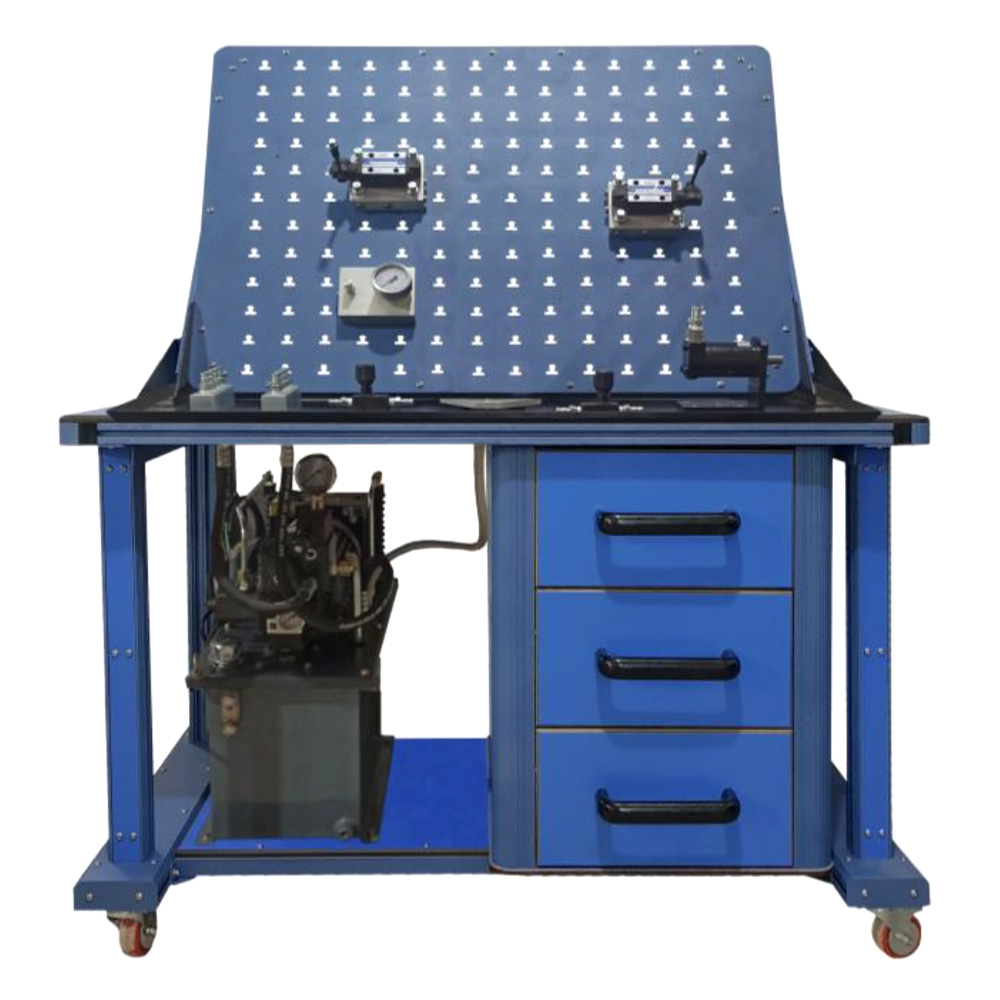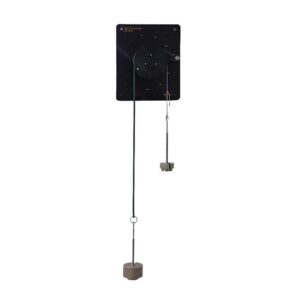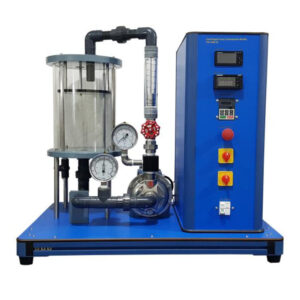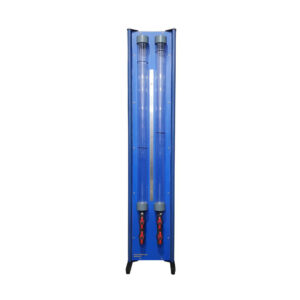A hydraulic trainer is a device or system designed to provide hands-on training and education in the field of hydraulics. It typically consists of various hydraulic components, such as pumps, valves, cylinders, and pipes, arranged in a controlled and interactive setup. The purpose of a hydraulic trainer is to simulate real-world hydraulic systems and allow individuals, such as students, technicians, or engineers, to learn about hydraulic principles, operations, and troubleshooting in a practical manner. By using a hydraulic trainer, users can gain a better understanding of how hydraulic systems work, how different components interact with each other, and how to diagnose and fix common issues. By using a hydraulic trainer, individuals can develop skills in hydraulic system design, operation, maintenance, and troubleshooting, which are crucial in industries such as manufacturing, construction, aerospace, and automotive engineering.
Experiments:
- Application of Hydraulics
- Physical principles of hydraulics
- Hydraulic symbols and standards
- Types and properties of hydraulic fluids
- Measurement and calculation the characteristics curve of a hydraulic pump
- Measurement of thecharacterisrics curve of a pressure releif valve
- Characteristic curve of a flow control valve
- Flow control valves, directional control valves non-return valve
- Measurement of times and pressure during advancing and reacting of a cylinder
- Calculations of force and speed
- Basic circuits with single and double acting cylinder
- Difference between pressure relief valves and pressure regulator
- Using 4/3 way valves with different mid positions
- Using the flow control valve in adjusting the speed
- Design and operation of a different circuit
- Use of pilot operated non-return valves




